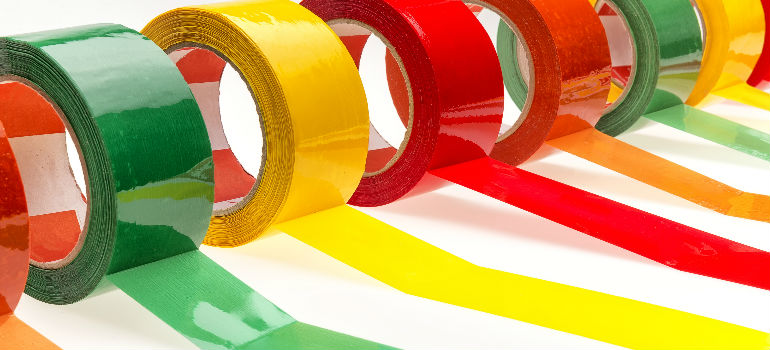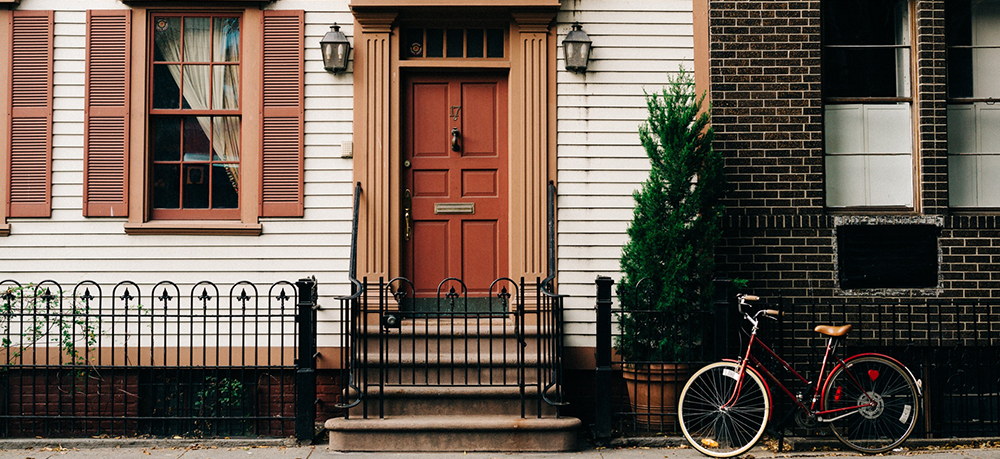
We have known about the usefulness of glue for a very long time. The earliest examples of its use in the creation of tools date back to around two hundred thousand years ago and, as society progressed, we found even more uses for it.
The introduction of new materials and manufacturing processes fueled the development of different types of glues for specific purposes.
Now, it’s easy to become overwhelmed when figuring out which glue to buy.
To ensure that you are no longer glued to the spot by indecision, we decided to create this guide. With the information provided below, you will be able to confidently stride into the DIY store and choose the one glue that will perfectly suit your needs.
Table of Contents
Types of glue
- Craft Glue. This water-based glue is most commonly used in arts and crafts. Its low toxicity and easy clean up make it ideal for children’s art projects.
- Glue Sticks. This weak adhesive is perfect for small-scale projects, such as scrapbooking, card making, and similar paper crafts.
- Wood Glue. Wood glue, as the name suggests, was developed specifically for use with wood. It is often water-resistant and is rigid when dry to allow for easy sanding.
- Fabric Glue. This type of glue is used for, you guessed it, fabrics! There are many varieties available as each fabric has different requirements. Your local sewing or craft shop will be able to guide you to the right one based on your needs.
- Super Glue. From gluing fingers together to fixing toys, the uses for super glue are almost endless. As it is strong and dries quickly, it is usually the first type of glue that people reach out for when in need of adhesive support.
- Epoxy. Epoxies are an incredibly strong type of glue used for projects which require a high-performance adhesive.
- Hot Glue. Hot glue is a favourite among fans of home crafts, such as jewelry making, due to its high strength and ease of use.
- Spray adhesives. This type of glue is perfect for projects which will cover a large area and they come in a variety of strengths, depending on the project.
- Polyurethane. Polyurethane is a very strong multipurpose glue. It is best used in situations where other glues don’t work, such as areas high in moisture or when bonding different materials together.
Need a Handyman?
Enter your postcode to view our rates and availability in your area.
For questions about the services we offer visit our main site or you can always call us at 020 3404 4045
What type of glue works best on paper?
Depending on the size and type of your project, the best glues to use with paper are craft glue, glue sticks, and spray adhesives. For smaller paper crafts, craft glue is the best as it is flexible and is clear when dry. This allows you to unleash your creativity as you can mix in fillers, such as glitter or food colouring for an added effect.
Larger projects, like creating a photo collage, for example, can be completed much faster with spray adhesives as they allow you to cover a large area in a short amount of time.
What type of glue works best on plastic?
For plastic, the best glue to use in the majority of situations is super glue. With its strength and fast drying period, there are not a lot of plastic products that cannot be repaired with super glue. But in cases where super glue is not strong enough, the next best option is to use hot glue. With its strength and ease of application, you can make short work of any repairs.
What type of glue works best on styrofoam?
As styrofoam is such a soft material, it can be safely used with most types of glues. The type of glue you use depends on your project. Craft glue is perfect for small, simple arts and crafts projects, but large-scale projects which require more strength are best completed using a spray adhesive.
When choosing a spray adhesive, check the label to make sure that it can be used on styrofoam as some brands contain solvents which melt styrofoam.
What type of glue works best on ceramic?
Repairing ceramics requires a strong, fast-drying glue so that the item can retain its shape. The best glues to use are super glue, hot glue, and epoxy. The strong adhesive properties and rigid nature that they obtain when they dry out make these glues ideal for repairing broken ceramics.
What type of glue works best on glass?
Similar to ceramics, glass requires the use of a very strong glue. We recommend using epoxy due to its incredible strength, as well as its resistance against water and impacts. An alternative to epoxy is super glue, but keep in mind that it is not as strong and, as such, is best used to repair small glass ornaments.
What type of glue works best on felt?
When working with any fabric, your first thought should always be to use fabric glue. These glues were designed with different fabrics in mind and, as such, will provide the best results. If you can’t find fabric glue in your local area, regular adhesive sprays can work almost as well and are often cheaper than specialised fabric glues.
So, there we have it. With this quick guide, you will never be stuck wondering which glue to use again! Keep in mind that you should always read the label before using any type of glue to ensure that it can be used on your chosen material and that it is being used correctly.
Image Source: Mehmet Cetih/shutterstock.com




Leave a Reply